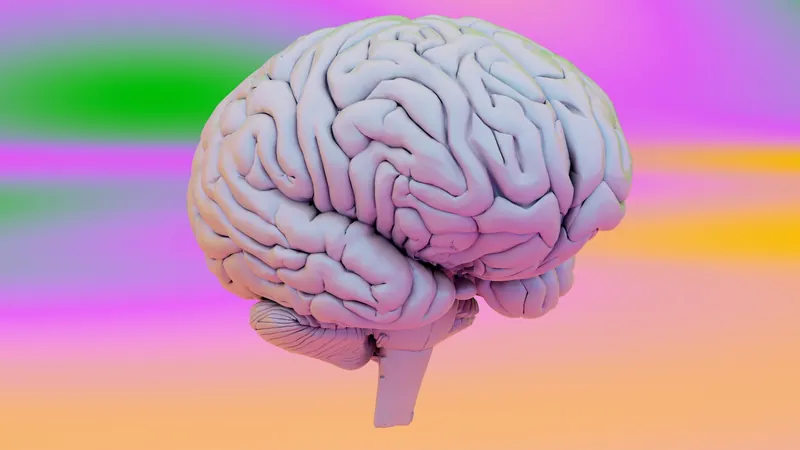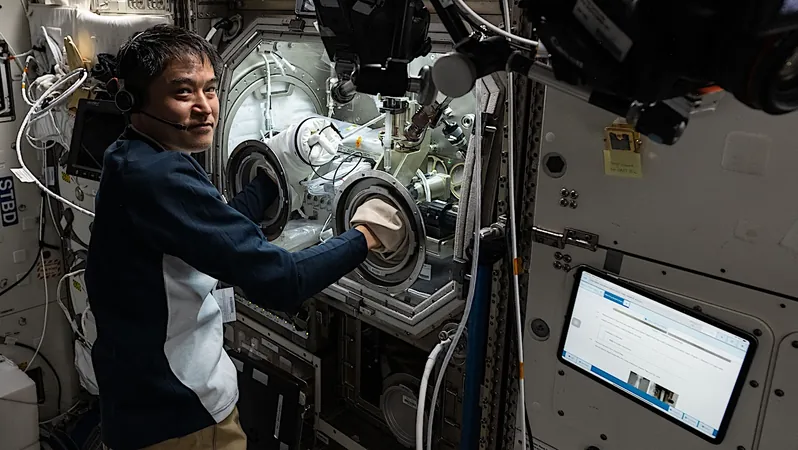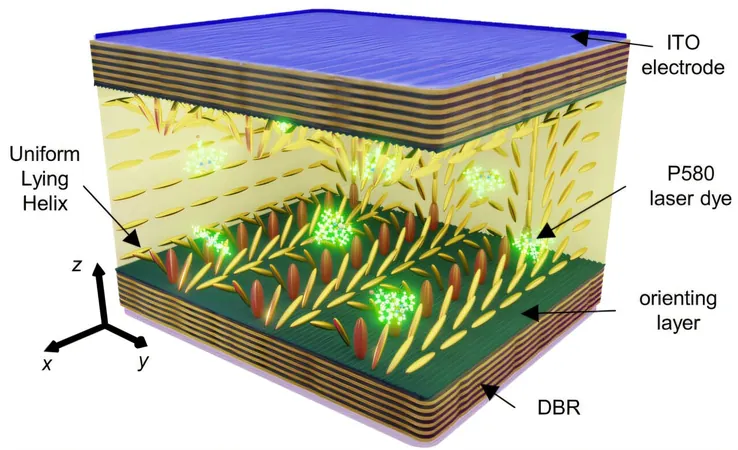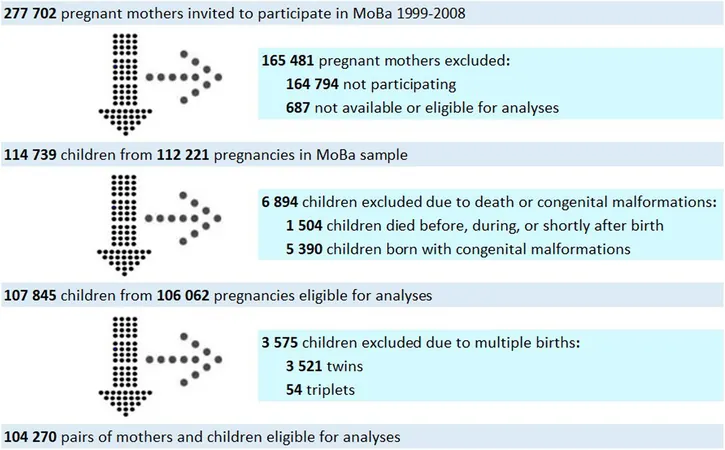
Unlocking the Brain's 'Dial': How We Separate Imagination from Reality
2025-06-12
Author: William
A Groundbreaking Discovery in Neuroscience
Imagine your mind as a sophisticated machine, constantly evaluating what’s real versus what’s imagined. Scientists have recently identified potential mechanisms within the brain that could explain this complex differentiation. Their findings are particularly significant for understanding conditions like schizophrenia, where one’s grasp on reality can falter.
The Surprising Role of the Fusiform Gyrus
A study published in the journal Neuron highlights the fusiform gyrus—an area that spans across two lobes of the brain—as a key player in this process. According to Nadine Dijkstra, a neuroscientist from University College London, the fusiform gyrus shows heightened activity whether we see something directly or merely envision it. However, variations in this activity can reveal whether we consider something to be real.
How Signal Strength Influences Perception
Researchers found that the intensity of brain activity in the fusiform gyrus helps to signal whether our perceptions are true or just products of our imagination. When activity stands strong enough to breach a certain threshold, the brain interprets it as reality. This discovery raises intriguing possibilities: could our imagination trick our brains into believing what isn't there?
Innovative Experiments Using fMRI Technology
In a groundbreaking experiment involving 26 participants, scientists utilized functional magnetic resonance imaging (fMRI) to track changes in brain activity. Participants observed diagonal lines on a screen obscured by dynamic noise akin to TV static and reported whether they perceived the lines. They were also prompted to imagine lines that either matched or contrasted with those they saw.
The Blurring of Imagination and Reality
Dijkstra explained that when participants imagined the same lines they were supposed to see, they were more likely to report seeing them, even if they were absent. This suggests that our expectations can heavily influence our perceptions, effectively blurring the lines between reality and imagination.
A Deep Dive into Brain Regions
The study delved into the brain's inner workings, revealing that the anterior insula—a part of the prefrontal cortex linked to decision-making—also amplified in activity when the fusiform gyrus reacted. This interplay hints at a fascinating mechanism, although the exact connection between these regions remains a mystery.
Charting New Territory in Research
While the study made leaps in understanding visual processing, Dijkstra acknowledged a limitation: the simplicity of the stimuli used. Future research aims to incorporate more complex elements, such as faces or objects, and explore how brain stimulation might further blur the lines between imagination and reality.
Implications for Mental Health
Neuroscientist Thomas Pace applauded the study’s implications for understanding how we process reality. He emphasized that this threshold-based perception can be influenced by our cognitive power, shedding light on how hallucinations occur. Exploring this mechanism in clinical populations—especially those with disrupted reality monitoring, like individuals with schizophrenia—could unlock crucial insights into mental health.
The Future of Reality Perception Studies
As minds and machines advance, further investigations will aim to examine how these processes operate in real-world scenarios, where sensory information tends to converge with logical patterns. The quest to fully understand the brain's remarkable capacity for reality monitoring is just beginning, with promising horizons ahead.









 Brasil (PT)
Brasil (PT)
 Canada (EN)
Canada (EN)
 Chile (ES)
Chile (ES)
 Česko (CS)
Česko (CS)
 대한민국 (KO)
대한민국 (KO)
 España (ES)
España (ES)
 France (FR)
France (FR)
 Hong Kong (EN)
Hong Kong (EN)
 Italia (IT)
Italia (IT)
 日本 (JA)
日本 (JA)
 Magyarország (HU)
Magyarország (HU)
 Norge (NO)
Norge (NO)
 Polska (PL)
Polska (PL)
 Schweiz (DE)
Schweiz (DE)
 Singapore (EN)
Singapore (EN)
 Sverige (SV)
Sverige (SV)
 Suomi (FI)
Suomi (FI)
 Türkiye (TR)
Türkiye (TR)
 الإمارات العربية المتحدة (AR)
الإمارات العربية المتحدة (AR)